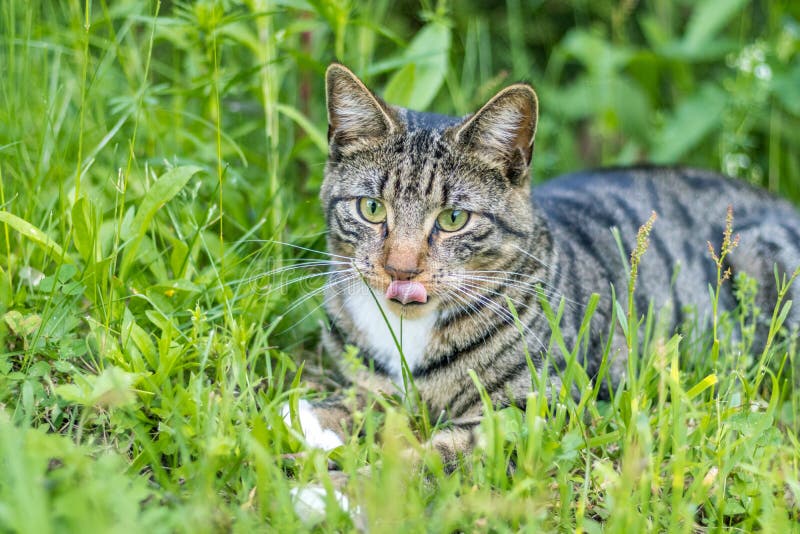

After breeding a blue-eyed kitten, Zikeeva mated blue-eyed to blue-eyed to get a wholly blue-eyed litter. was finally rewarded by the birth of a blue-eyed cat named Ariel, which is considered the progenitor of all living Altai cats. After many unsuccessful matings, Zikeeva L.B. Lyubov Borisovna Zikeeva began talking with Fyodor's owner, and from him she embarked on the creation of the Altay blue-eyed breed which has lasted more than twenty years and continues today. In 1995 she owned a black cat called Fyodor who had blue eyes and a white tail-tip, a phenotype that resembled the American Ojos Azules discovered in California. 8/9 August-September 2004) reported that the first owner of an Altai cat was Vera Sokolova, who lived in the city of Ust-Kamenogorsk in Kazakhstan. If the Ojos Azules could be recognised as a new breed on the basis of eye colour and small white marked, then the Altay could be recognised too! The cat magazine "Friend" (issue No. The first Ust-Kamenogorsk Altai was an ordinary domestic semi-long-haired cat, with white marks, with the right eye blue, and the left eye yellow-green. Lyubov Borisovna Zikeeva from Ust-Kamenogorsk noticed the blue-eyed cats on the street, and decided to find out more.

A couple of years later the Ojos Azules was reported in a TICA journal. Olga Volynska was the first to notice blue-eyed cats at a factory, but her report was largely ignored because conventional wisdom said blue-eyed colour cats could not exist. Genes encode for proteins and any change to a protein can have other effects. It is currently assumed - though DNA analysis is still ongoing - that the Altai blue-eyes gene is an allele of the white spotting gene and that it is "weakest" in comparison to the usual white spotting gene which causes the familiar bicolour range and it may also interact with the white spotting gene.

#MACKEREL TABBY CAT BLUE EYED PATCH#
Due to incomplete penetrance of the gene, the size of the white marking ranges from just a few hairs to a large white patch (in homozygotes). In both cases there is at least a tiny white marking, most often at the tail-tip, but it might also be a white locket, white back paws or a white smudge on the face. In both cases, outcrossing showed that the blue-eyed genes were dominant type over the ordinary yellow, copper or green colours. Secondly, the modern blue-eye breeds are not Ojos Azules - that breed is extinct, it never made it out of America and the more recent mutations do not have the same side-effects.īlue-eyed non-white cats were discovered almost 20 years apart and on almost diametrically opposite regionss of the globe: the California Ojos Azules and the Kazakhstan Altay Blue-Eyes. So you need to distinguish "Altai BBE," "Barnaul DBE," "Australian DBE" or "unknown DBE" etc. Firstly, there is no single "DBE" mutation so it is important to know which gene you are discussing/working with as they should not be crossed to each other (until the genes are identified). There is currently no DNA test for the gene(s) involved. This information will be updated as more of the gene's effects become apparent. Some of the Russian breeds have variable spelling when the breedname or cat name is translated into the Roman alphabet. This page describes blue-eyed cats in colours other than white, bicolour or colourpoint (Siamese pattern). Reviewing the Dominant Blue Eye Gene in the Ermine Trace Cattery (Elizabeth Lipovenko) Photos copyright of owners as individually stated.īlue-Eyed Breeds 1 (this page) - Altai, Topaz, Barnaul, American Ojos Azules, Breeds derived from Altai & Topazīlue-Eyed Breeds 2 - Spontaneous Blue-eye Mutations in Mink Ragdolls, Australian cats, Chinese cats, Silver & Golden British Shorthairs, Historical Reports. BLUE-EYED BREEDS / DOMINANT BLUE EYE (DBE)


 0 kommentar(er)
0 kommentar(er)
